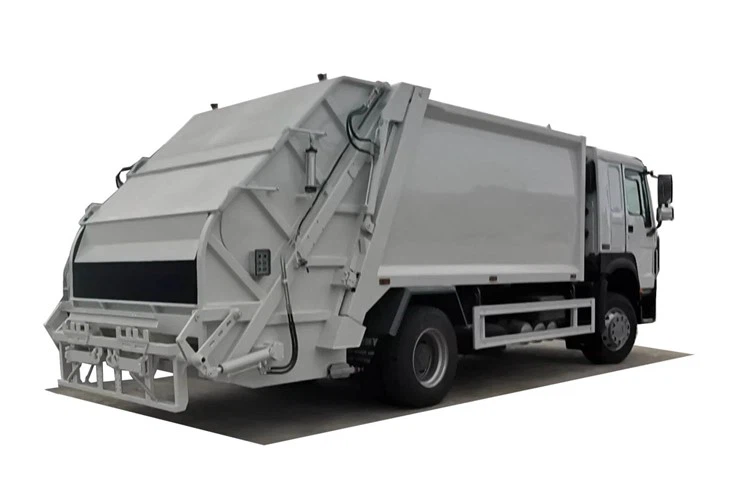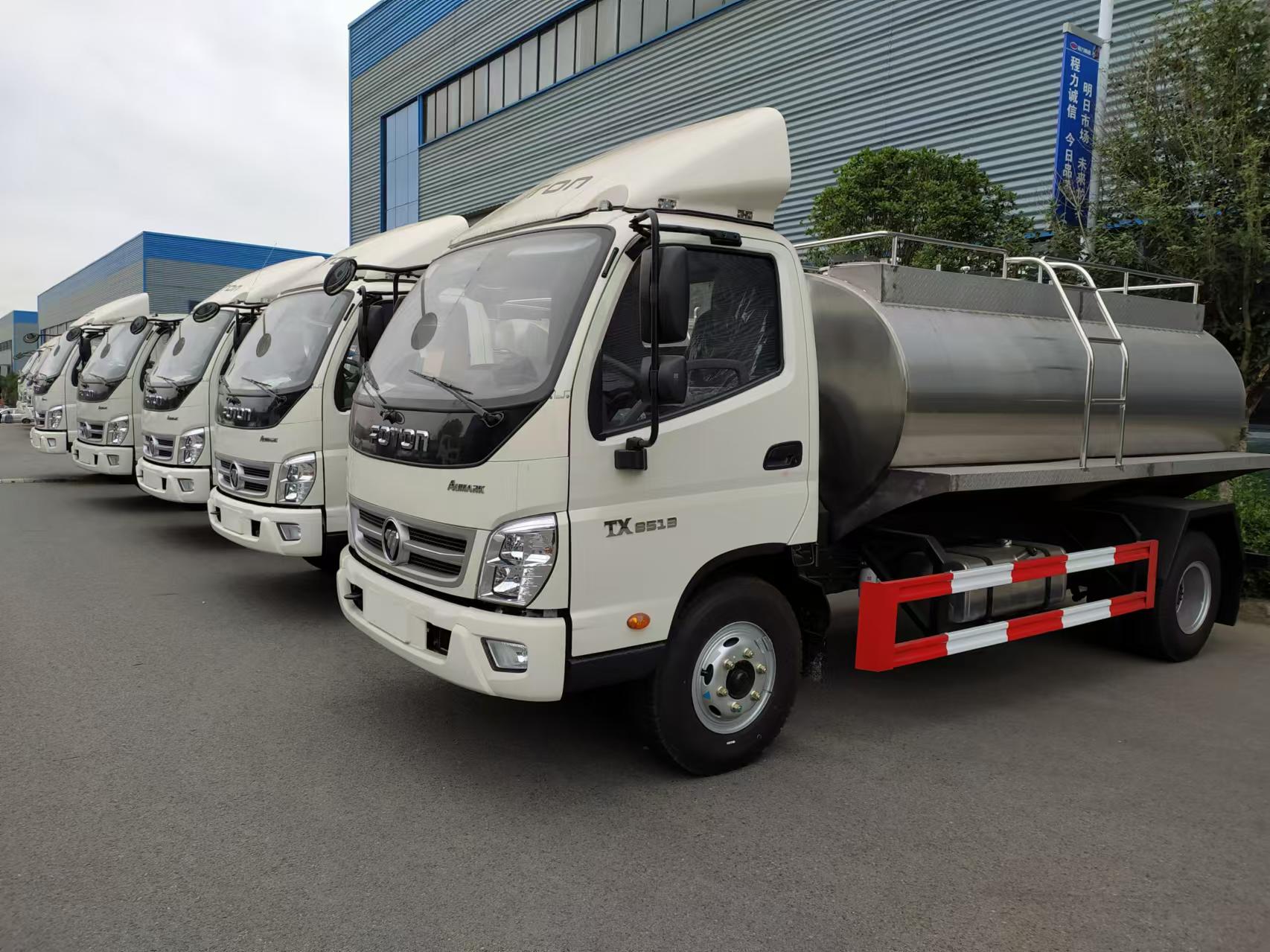Exploring Vintage Garbage Trucks: A Journey Through Time

Vintage garbage trucks are more than just vehicles designed to collect waste; they are a reflection of a bygone era, showcasing unique designs, engineering marvels, and a testament to the evolution of waste management. This article will delve into the history, types, and cultural significance of vintage garbage trucks while providing enthusiasts and collectors with practical insights. From iconic models to restoration tips, readers will gain a comprehensive understanding of these remarkable machines.
The Evolution of Garbage Trucks
Early Days of Waste Collection
The history of garbage trucks dates back to the early days of urbanization in the 19th century. Before the invention of specialized waste collection vehicles, various methods were employed to manage refuse, including horse-drawn carts. These carts were often rudimentary, constructed from wood, and lacked the design sophistication seen in later models.
The Birth of the Modern Garbage Truck
In the early 1900s, the first motorized garbage trucks began to appear. These vehicles were primarily adapted from existing automobiles of the time. The transition from horse-drawn to motorized trucks marked a significant improvement in efficiency and hygiene in waste collection.
Iconic Vintage Garbage Truck Models
1. The 1920s Ford Model T Garbage Truck
The Ford Model T, known for its affordability and reliability, was widely adapted for various commercial uses, including waste collection. Its simple design and sturdy construction made it a popular choice among municipalities.
Specifications:
| Feature | Details |
|---|---|
| Engine | 4-cylinder, 20 horsepower |
| Top Speed | 45 mph |
| Payload Capacity | 1,000 lbs |
2. The 1930s International Harvester D-2
The International Harvester D-2 was known for its larger capacity and rugged design. It featured a more robust chassis and enhanced payload capabilities suitable for growing urban populations.
Specifications:
| Feature | Details |
|---|---|
| Engine | 6-cylinder, 85 horsepower |
| Top Speed | 50 mph |
| Payload Capacity | 2,500 lbs |
3. The 1950s Chevrolet Garbage Truck
Chevrolet’s 1950s models introduced more powerful engines and compact designs, making them ideal for urban settings. They often featured a distinctive two-tone paint scheme that appealed to municipalities.
Specifications:
| Feature | Details |
|---|---|
| Engine | V8, 150 horsepower |
| Top Speed | 60 mph |
| Payload Capacity | 3,000 lbs |
Collecting Vintage Garbage Trucks
Why Collect Vintage Garbage Trucks?

Collectors find vintage garbage trucks intriguing due to their unique designs and historical significance. Each vehicle tells a story about the era in which it was produced. Additionally, vintage truck collections can appreciate in value over time, attracting both enthusiasts and investors.
How to Get Started with Collecting
For those interested in collecting vintage garbage trucks, it’s essential to start with thorough research. Here are some practical tips:
- Visit vintage vehicle shows and auctions.
- Join online forums and groups dedicated to vintage vehicle restoration.
- Network with other collectors to gain insights on where to find rare models.
Restoring Vintage Garbage Trucks
Understanding the Restoration Process
Restoring vintage garbage trucks can be a rewarding endeavor. However, it requires careful planning and a considerable investment of time and resources. The restoration process typically involves several key stages:
1. Assessment
Before beginning a restoration, assess the truck’s condition. Document areas needing repair or replacement.
2. Disassembly
Carefully disassemble the truck, labeling parts for easy reassembly later.

3. Restoration of Components
Focus on restoring essential components like the engine, transmission, and bodywork. Sandblasting and repainting are often necessary.
Finding Replacement Parts
One of the challenges of restoring vintage trucks is sourcing replacement parts. Resources include:
- Online marketplaces such as eBay and specialty automotive shops.
- Salvage yards that may have compatible parts from similar models.
- Networking with other collectors who may have spare parts available.
Vintage Garbage Trucks in Popular Culture
Featured in Film and Television
Vintage garbage trucks have made numerous appearances in films and TV shows, often used for comedic effect or as symbols of a simpler time. Productions such as “Toy Story” and “Wreck-It Ralph” feature iconic garbage truck characters that resonate with audiences of all ages.
Collectible Memorabilia
Many collectors also indulge in vintage memorabilia related to garbage trucks. This includes die-cast models, posters, and original advertising materials that celebrate these vehicles. Their enduring popularity speaks to both nostalgia and the artistic appeal of their design.
Maintaining Vintage Garbage Trucks
Regular Maintenance Tips
Maintaining a vintage garbage truck requires diligence to keep it in good running condition. Here are some practical maintenance tips:
- Regularly check and change the oil.
- Inspect brakes, tires, and electrical systems.
- Keep the vehicle clean to prevent rust and deterioration.
Storage Considerations
Proper storage is crucial for preserving vintage trucks. Consider the following:
- Store vehicles indoors to protect them from the elements.
- Use breathable covers to prevent moisture buildup.
- Rotate tires periodically to prevent flat spots.
Community and Events Celebrating Vintage Garbage Trucks
Annual Shows and Fairs
Collectors and enthusiasts often gather for events celebrating vintage vehicles, including garbage trucks. These events typically feature:
- Showcases of restored and original vehicles.
- Workshops and discussions on restoration techniques and challenges.
- Networking opportunities for collectors and enthusiasts.
Online Communities
Many online forums and social media groups exist for vintage vehicle enthusiasts. These platforms provide a space for sharing restoration projects, advice, and tips. Participating in these communities can enhance your knowledge and appreciation of vintage garbage trucks.
FAQ Section
1. What are vintage garbage trucks?
Vintage garbage trucks are waste collection vehicles that were manufactured in earlier decades, typically between the 1900s and 1980s. They are celebrated for their unique styles, historical significance, and engineering features.
2. How can I find vintage garbage trucks for sale?

You can find vintage garbage trucks for sale through online auction sites, classic car shows, local classifieds, and specialty vehicle dealerships that focus on antique and vintage models.
3. What are common issues when restoring vintage garbage trucks?
Common issues include rust and corrosion, difficulty sourcing replacement parts, and challenges with outdated technology. Proper assessment and planning can help mitigate these problems.
4. Are there clubs for vintage garbage truck enthusiasts?
Yes, there are various clubs and online forums dedicated to vintage vehicles, including garbage trucks. These groups often host events, share resources, and provide a community for collectors.
5. Can I use a vintage garbage truck for daily transport?
While it is possible to use a vintage garbage truck for daily transport, it may not be practical due to safety, fuel efficiency, and reliability concerns. Many owners prefer to use them for shows or parades.
6. What maintenance do vintage garbage trucks require?
Regular maintenance includes oil changes, brake inspections, and preventing rust. Owners should also ensure that all systems are functioning properly and address any issues promptly.
